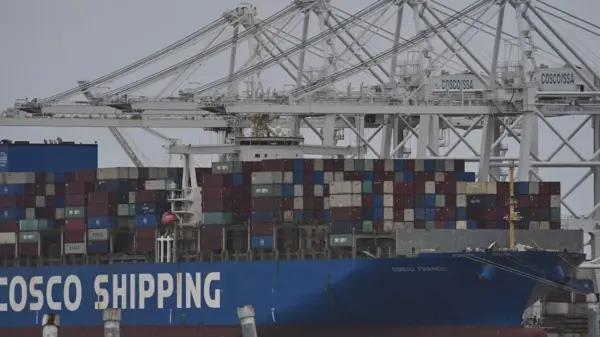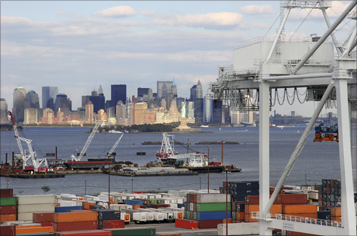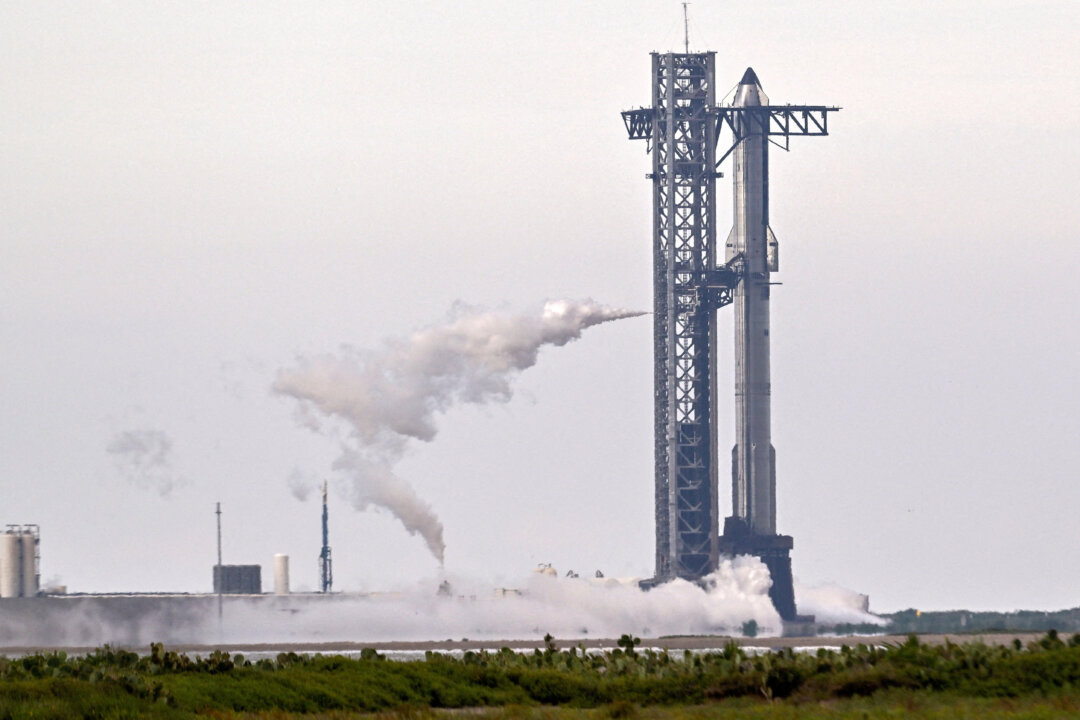SpaceX has postponed the launch of its Starship megarocket, scheduled for Monday in Texas, due to adverse weather conditions. This marks the second consecutive delay, following a ground-system leak that halted the planned launch on Sunday.
In a social media update, SpaceX stated, “Standing down from today’s flight test attempt due to weather. Starship team is determining the next best available opportunity to fly.” The team had filled the rocket with millions of pounds of propellant, preparing for the launch when the decision was made to convert the operation into a launch rehearsal.
Elon Musk, CEO of SpaceX, confirmed the cancellation on X, noting that “anvil clouds over launch site” contributed to the decision. These types of clouds significantly increase the risk of lightning, prompting caution from the launch team.
Challenges Faced by SpaceX
The delays are part of ongoing challenges faced by SpaceX in its ambitious plans for the Starship program. Originally designed to carry humans to Mars, the Starship aims to revolutionize space travel with its heavy-lift capabilities and reusability features.
The launch site in Texas has experienced fluctuating weather conditions, which have impacted not only the timing of launches but also the safety protocols in place. With safety being a priority, SpaceX has opted to delay launches rather than take unnecessary risks.
The postponements come as SpaceX continues to refine its operations and technology in preparation for future missions. Each test flight is critical in gathering data that informs the design and function of the spacecraft, which is intended to play a key role in future space exploration efforts.
Looking Ahead
As the Starship team assesses the weather forecast for upcoming days, they remain committed to finding the next optimal opportunity to attempt the launch. The operational flexibility shown by SpaceX underscores the complexities of space exploration, where external factors can significantly impact ambitious timelines.
The next steps for SpaceX will involve closely monitoring weather conditions and coordinating with their team to ensure that when the launch does occur, it will be both safe and successful. With high public interest and anticipation surrounding the Starship program, many eyes will be on SpaceX as it navigates these challenges.
The ongoing delays highlight the unpredictable nature of aerospace endeavors, where even the most meticulously planned missions can be subject to external variables. As SpaceX prepares for its next launch attempt, the world watches closely, eager for advancements in space travel technology.






































































